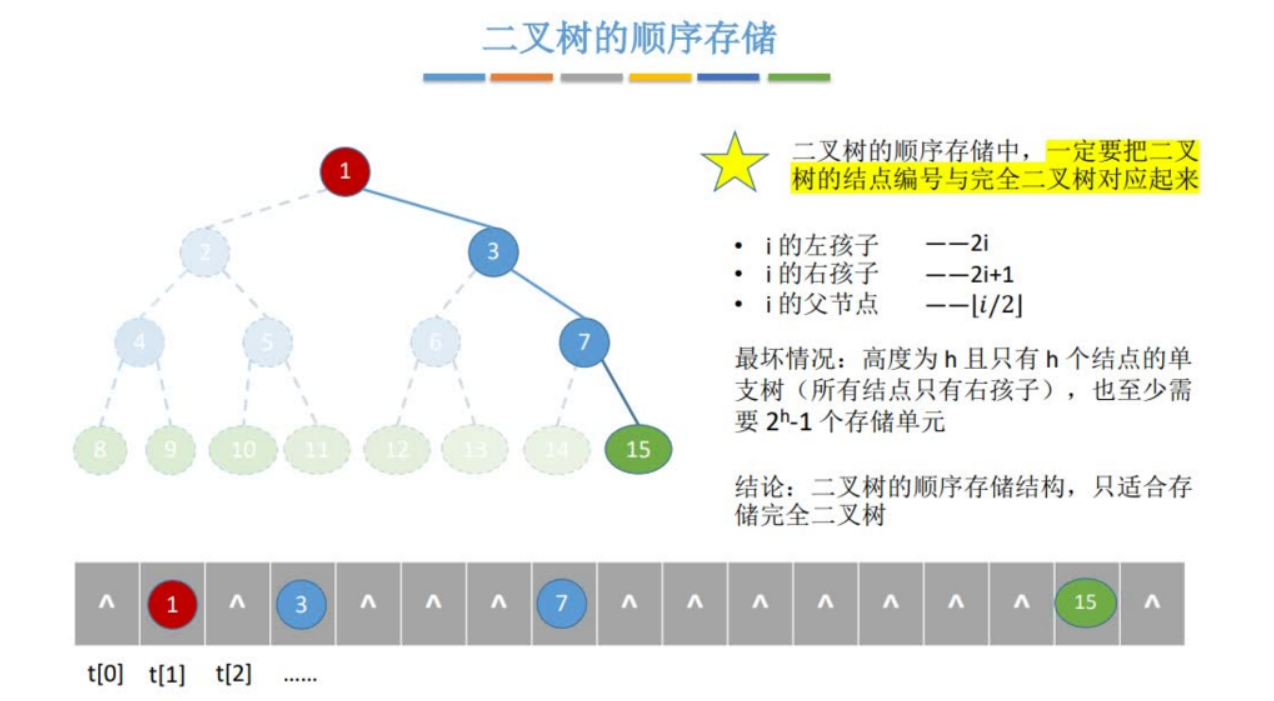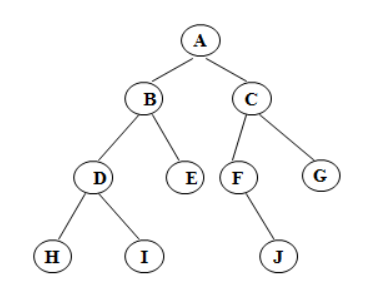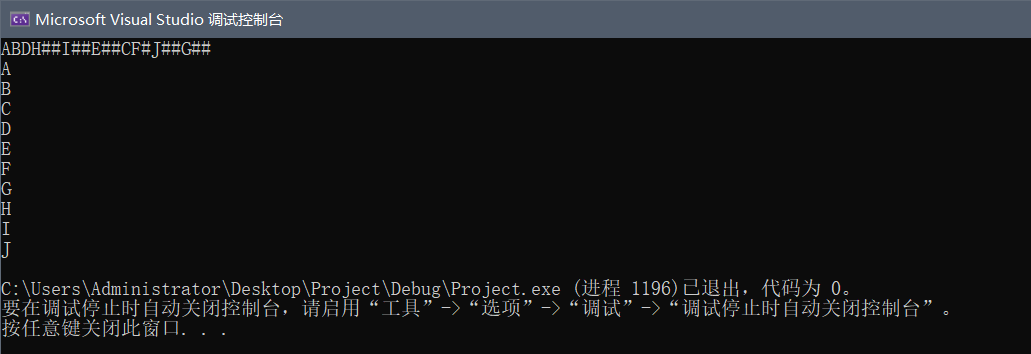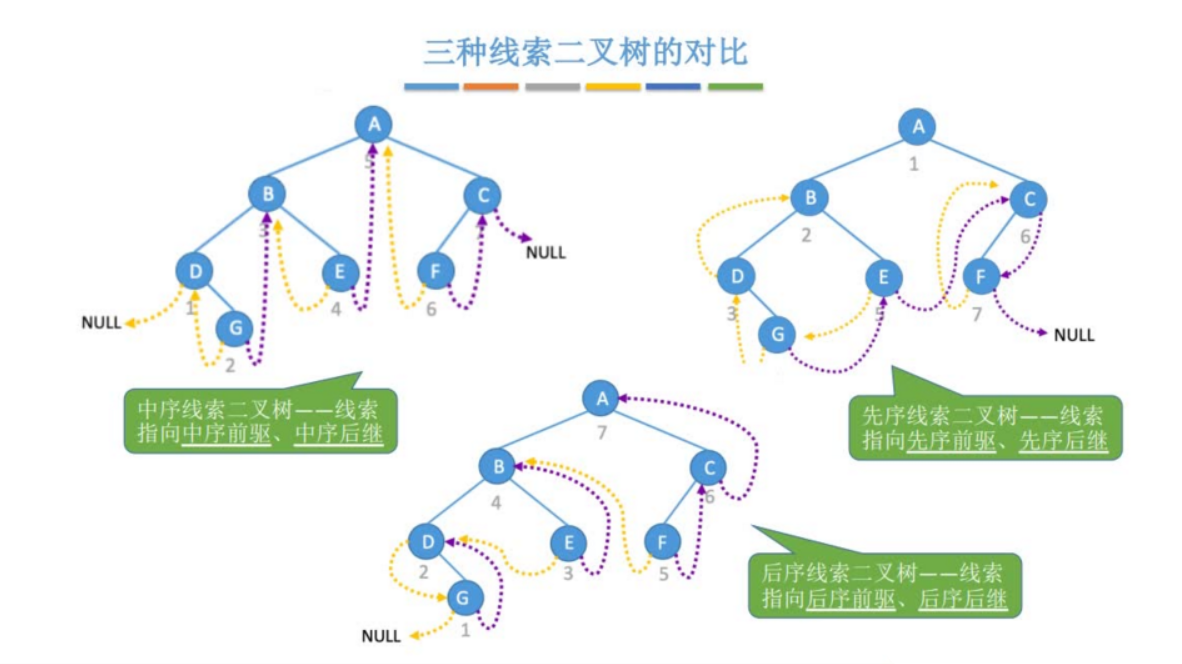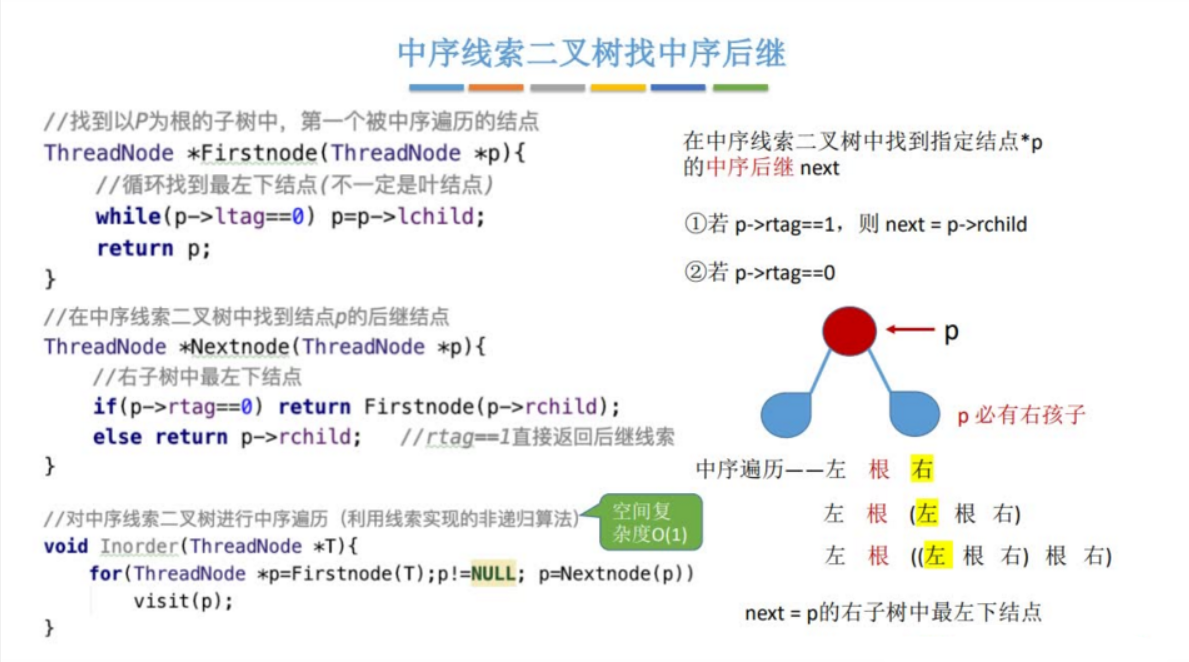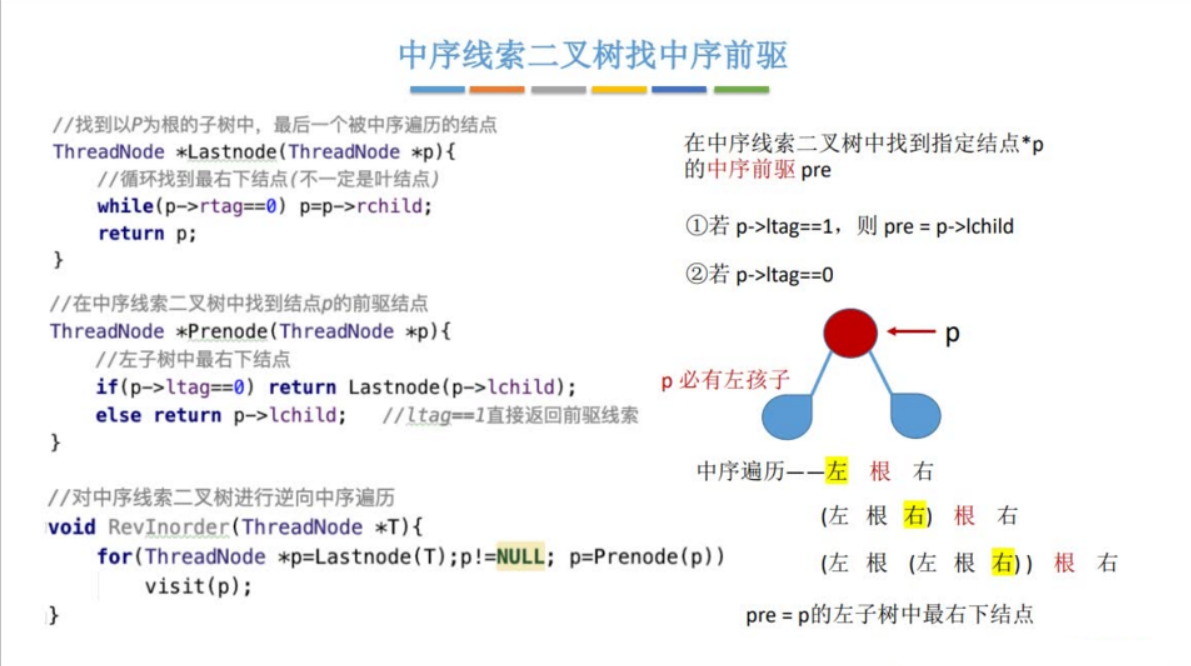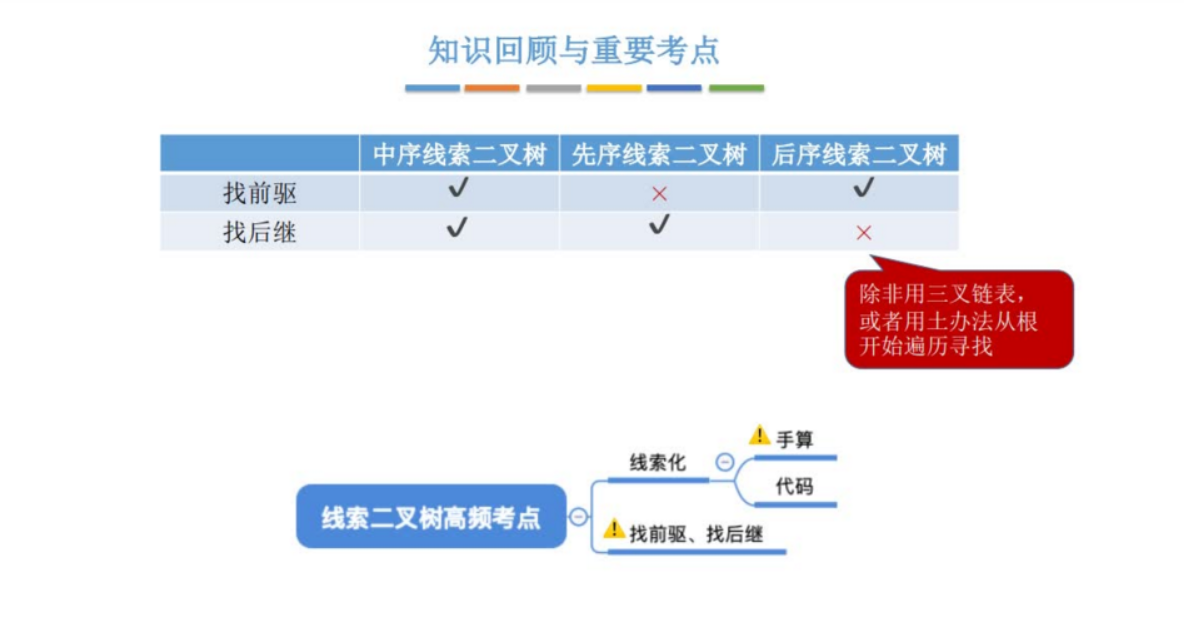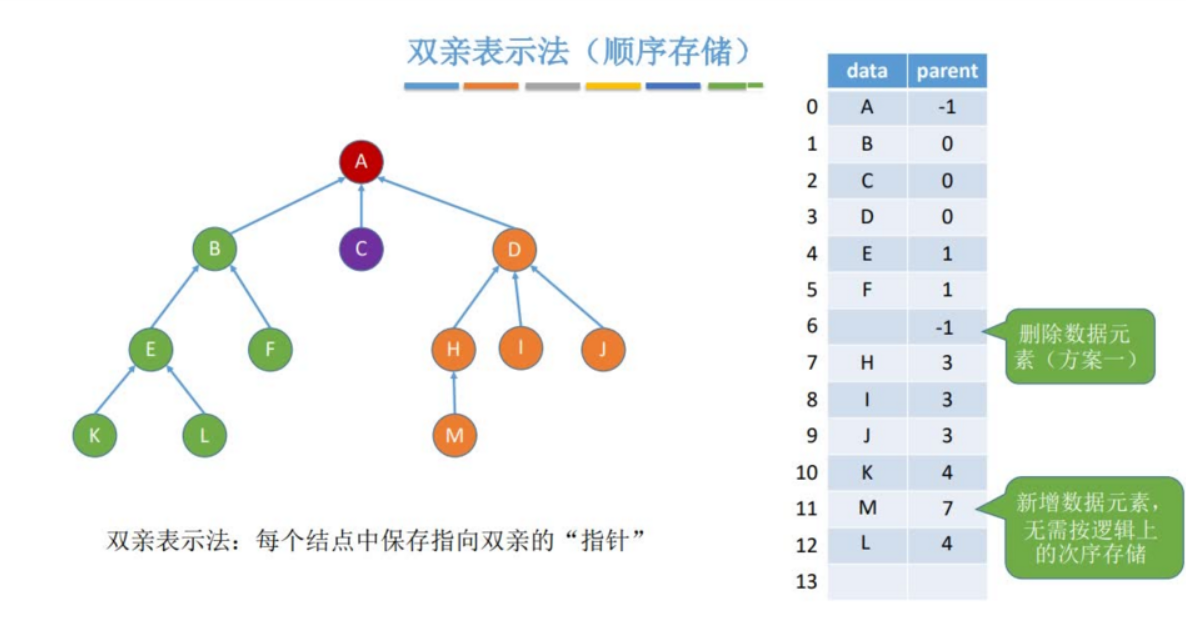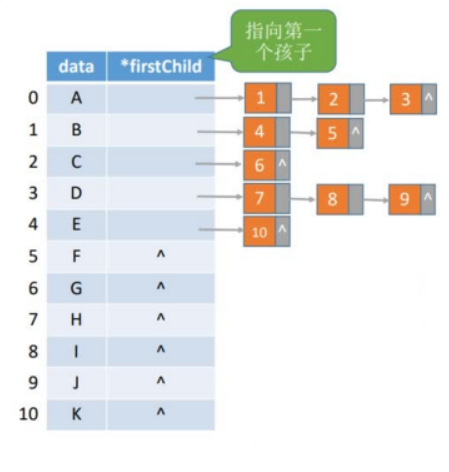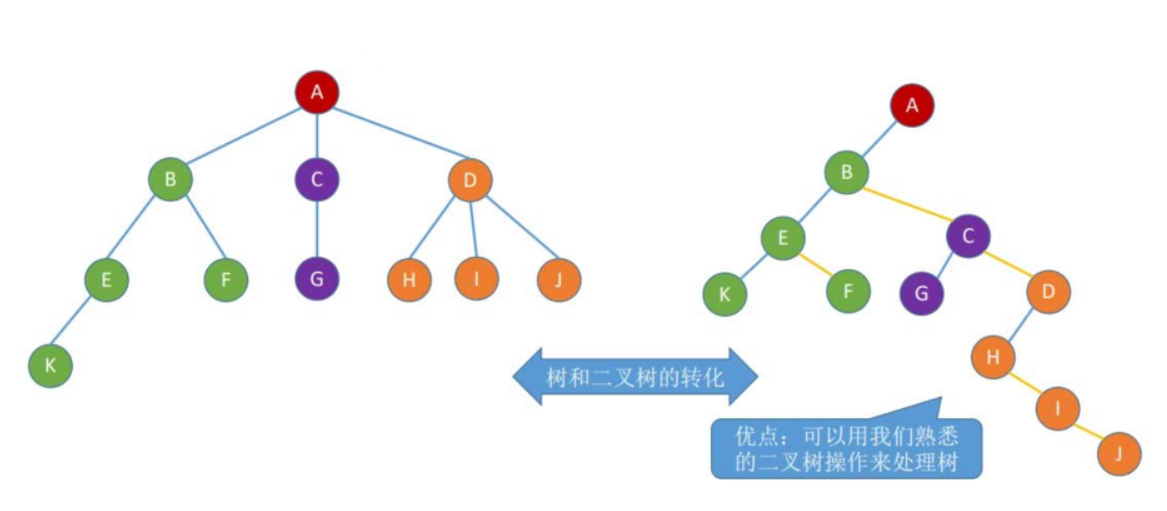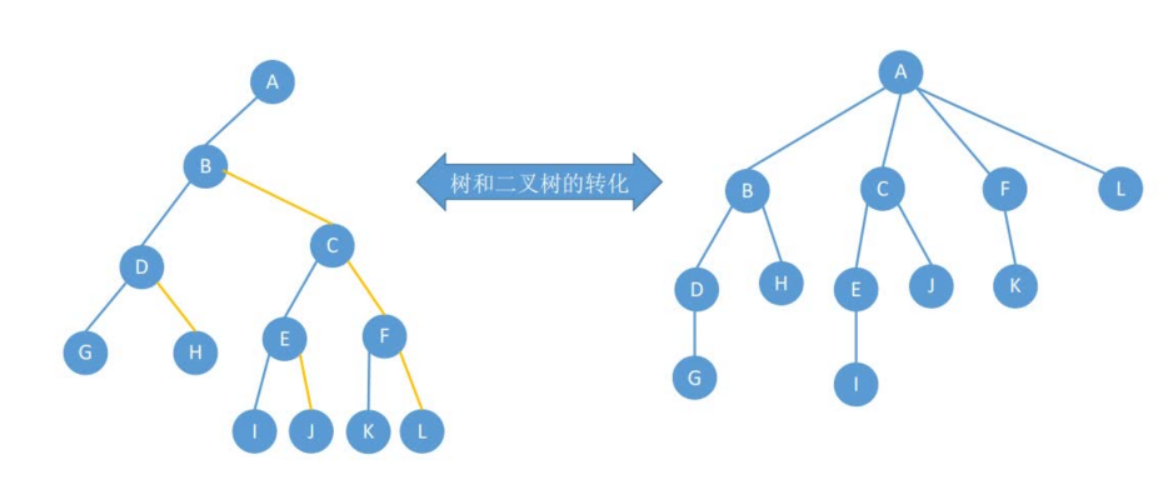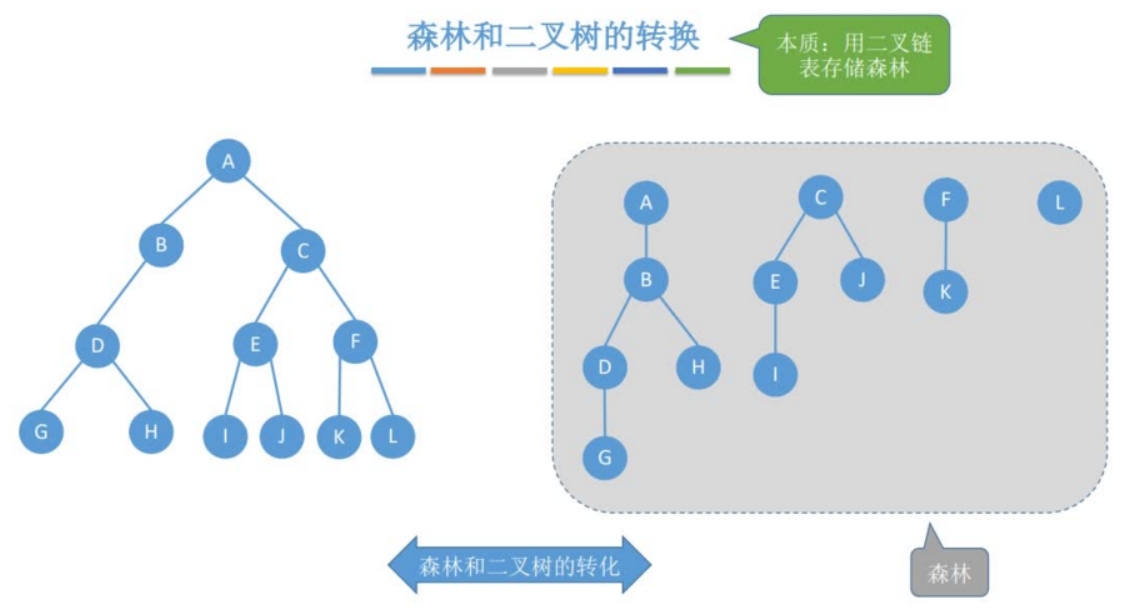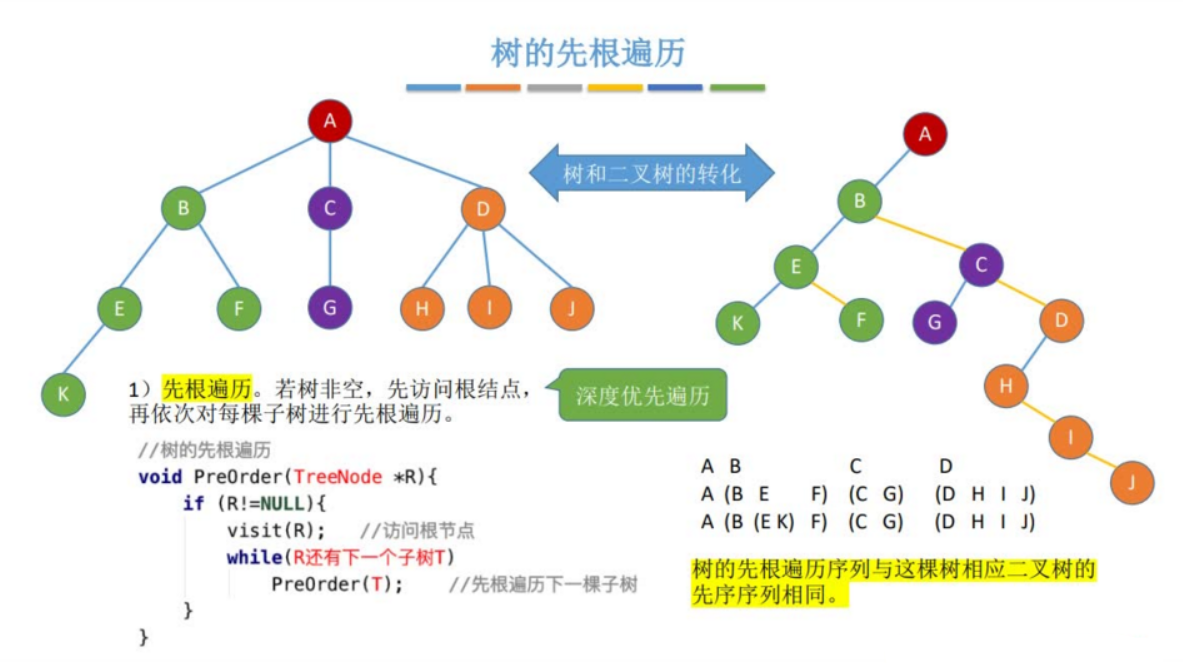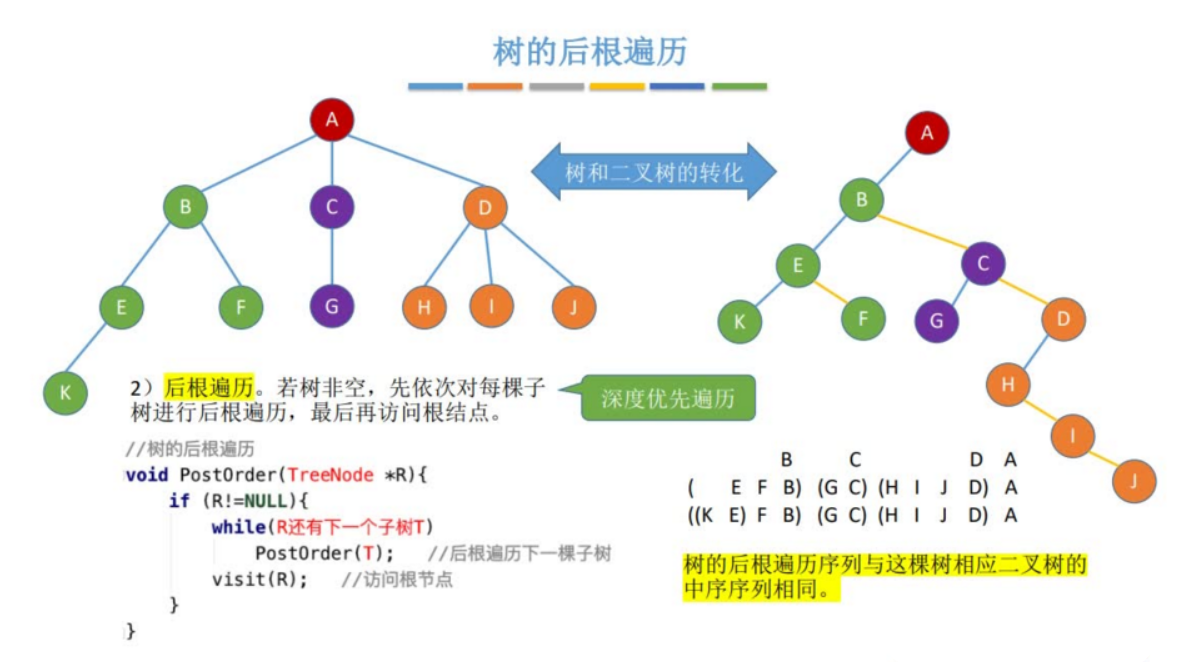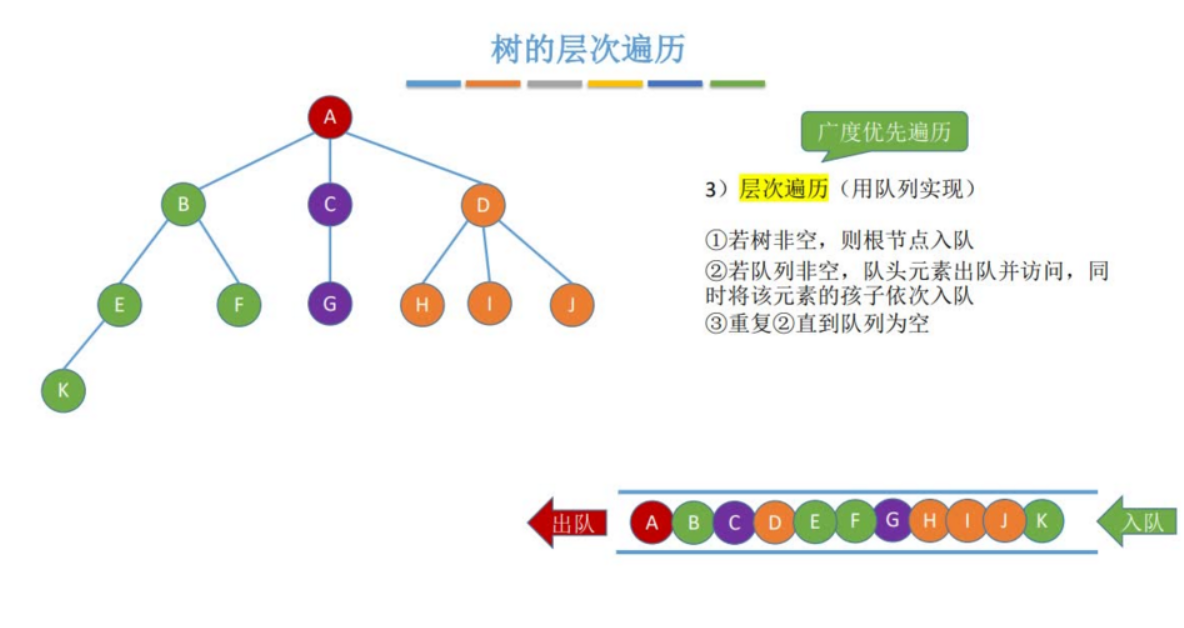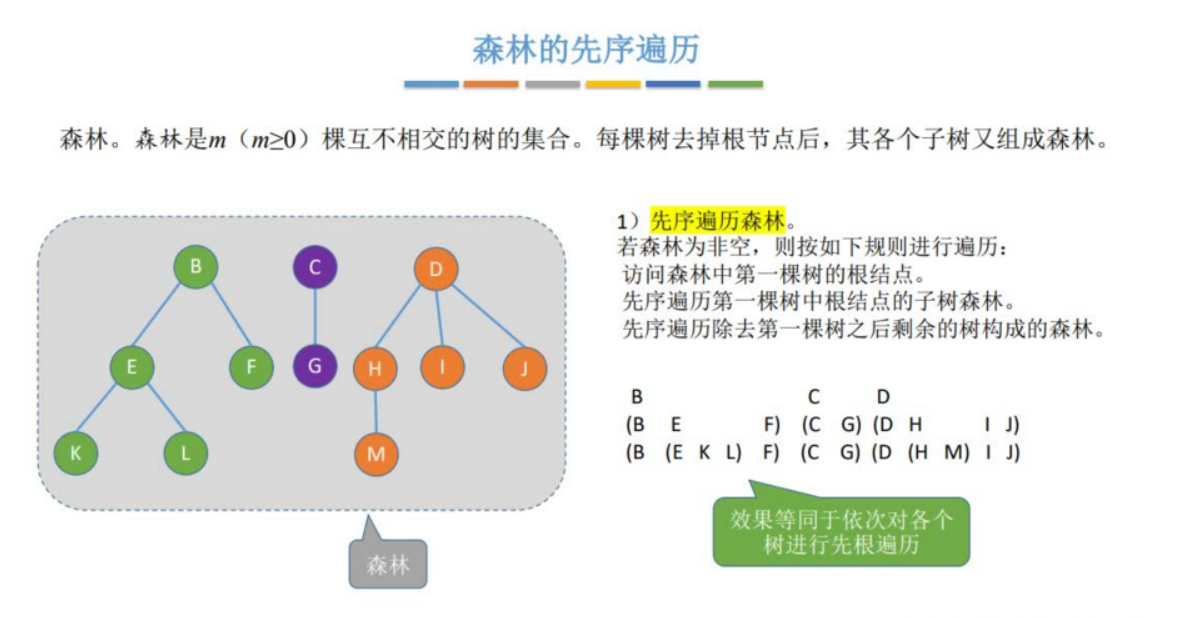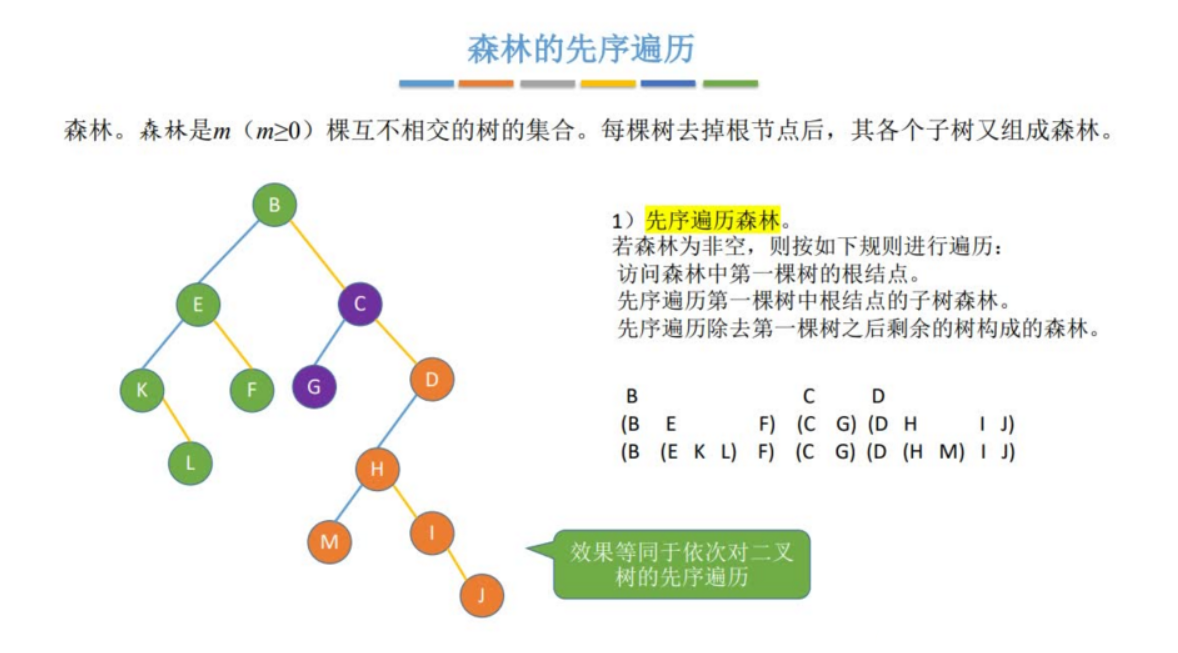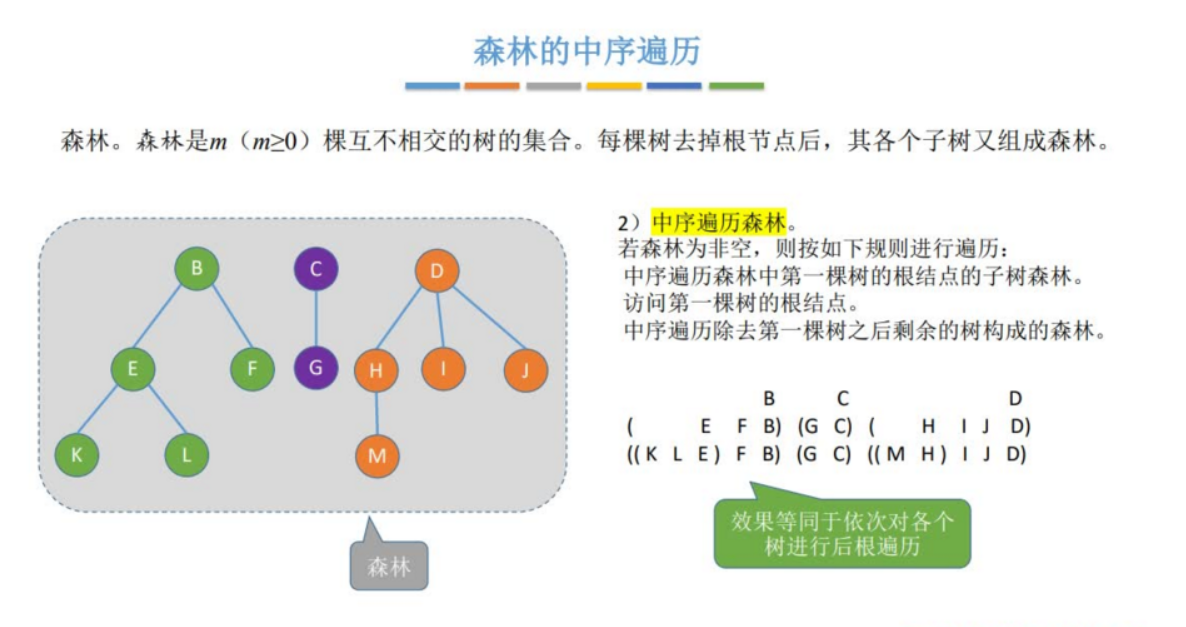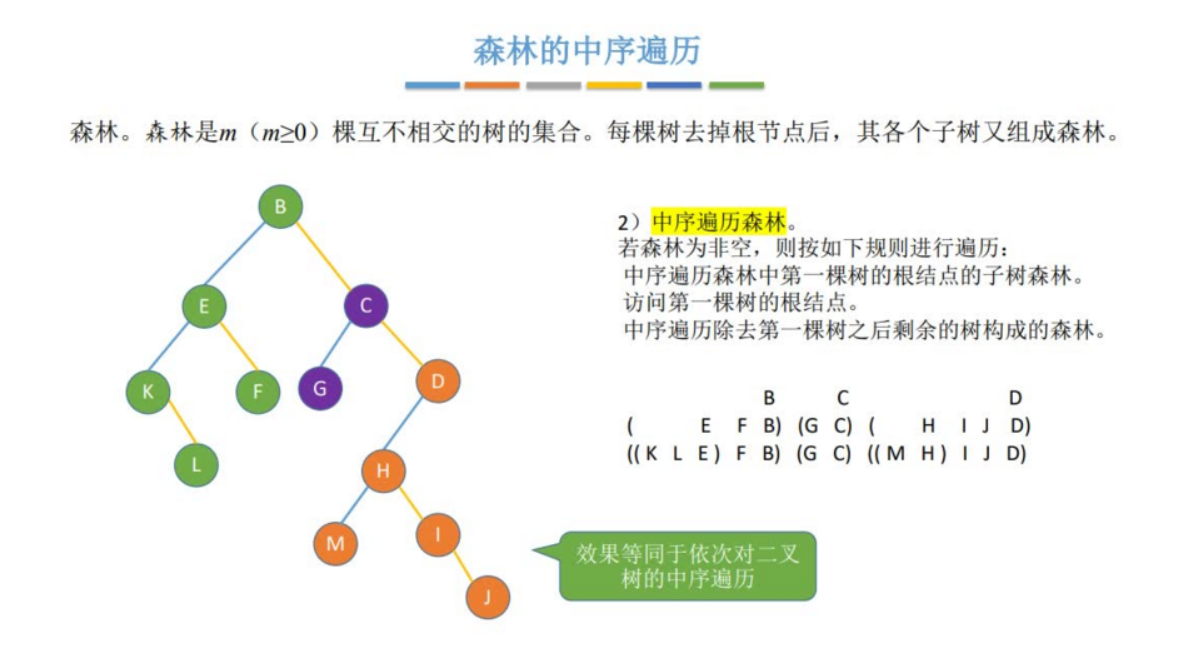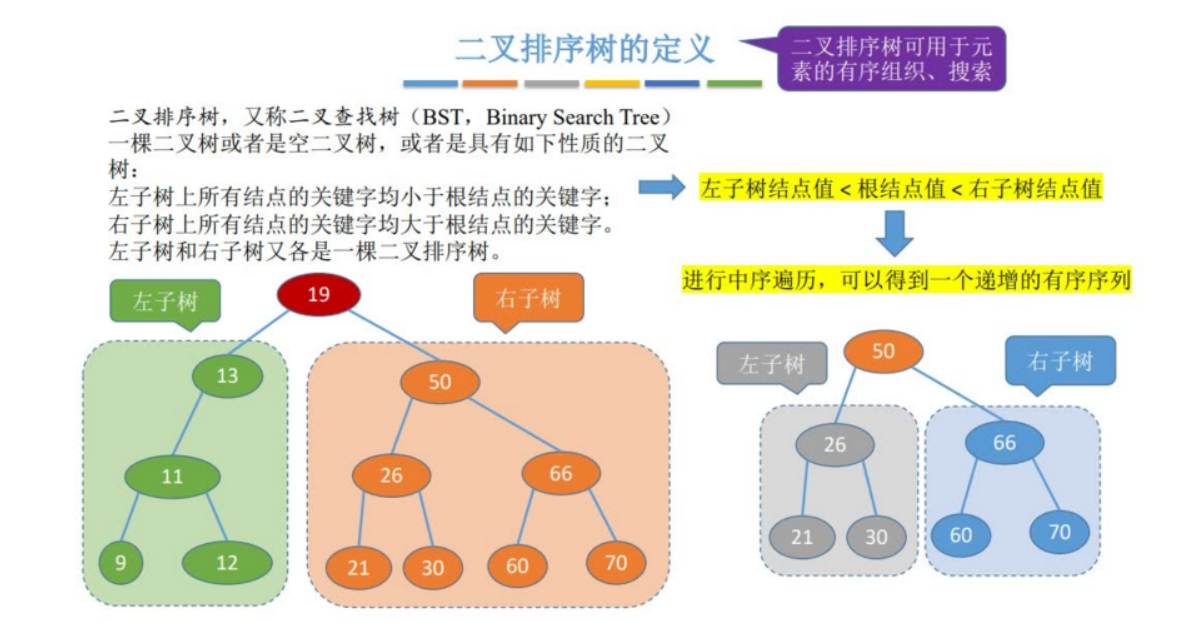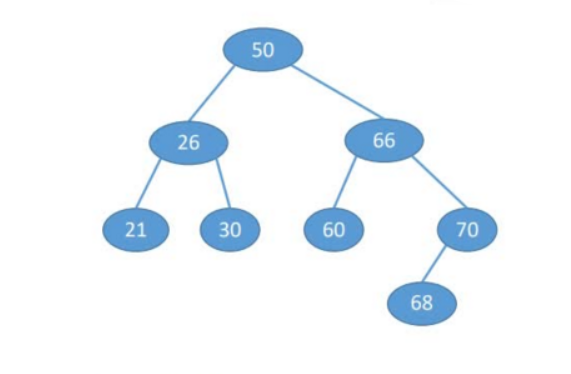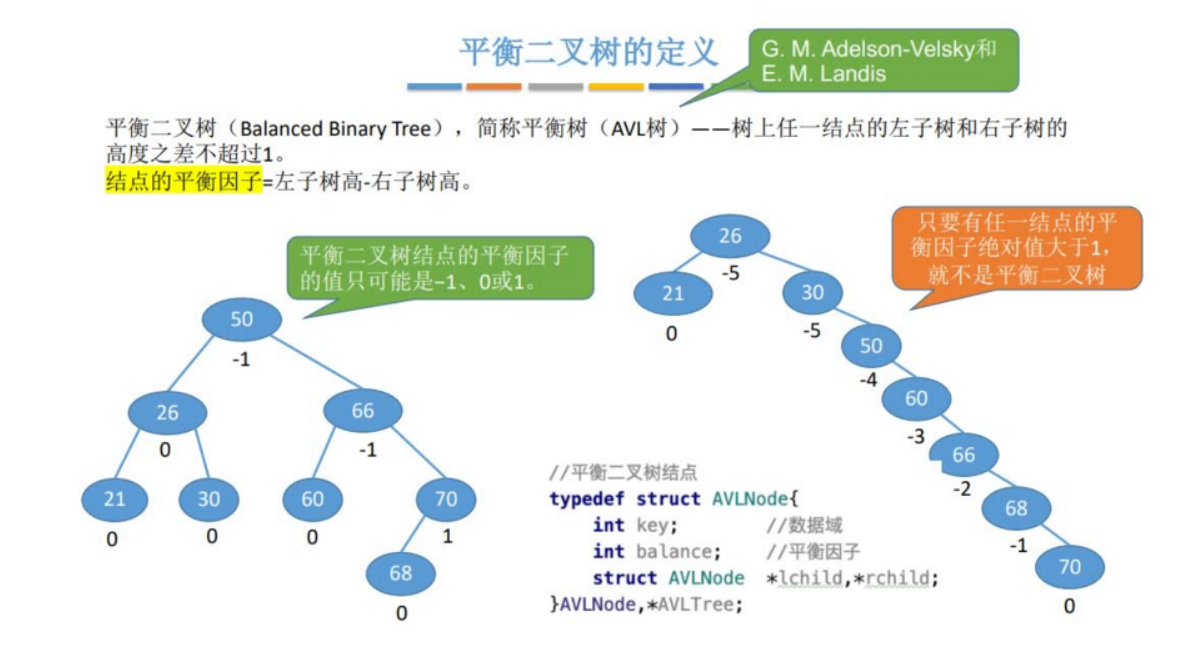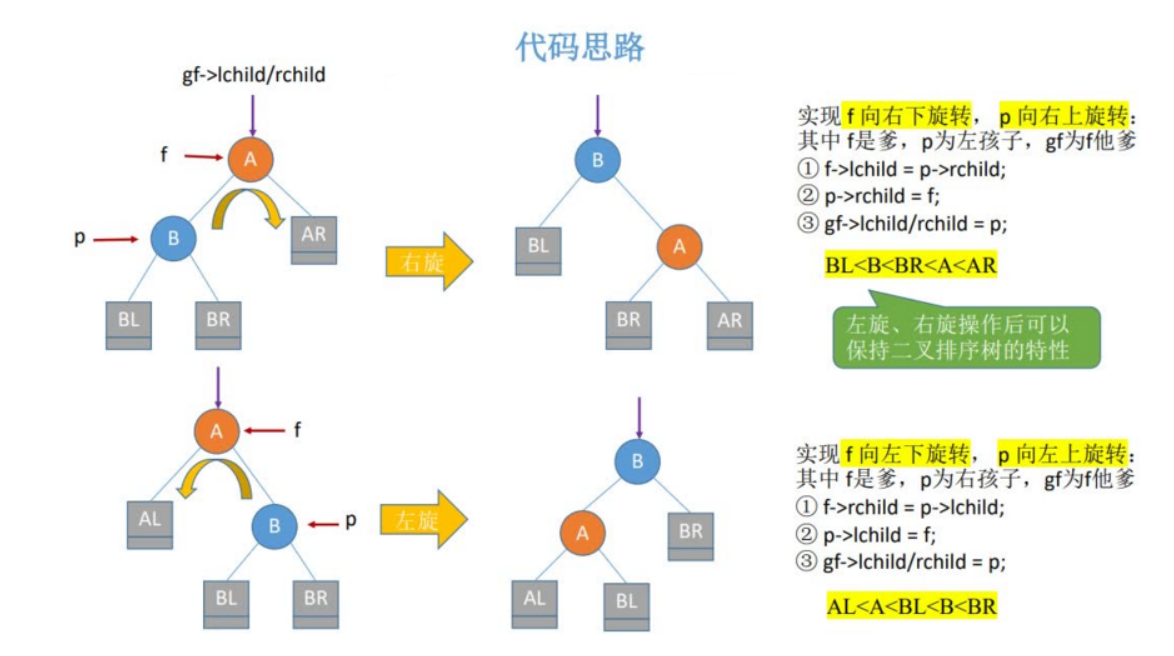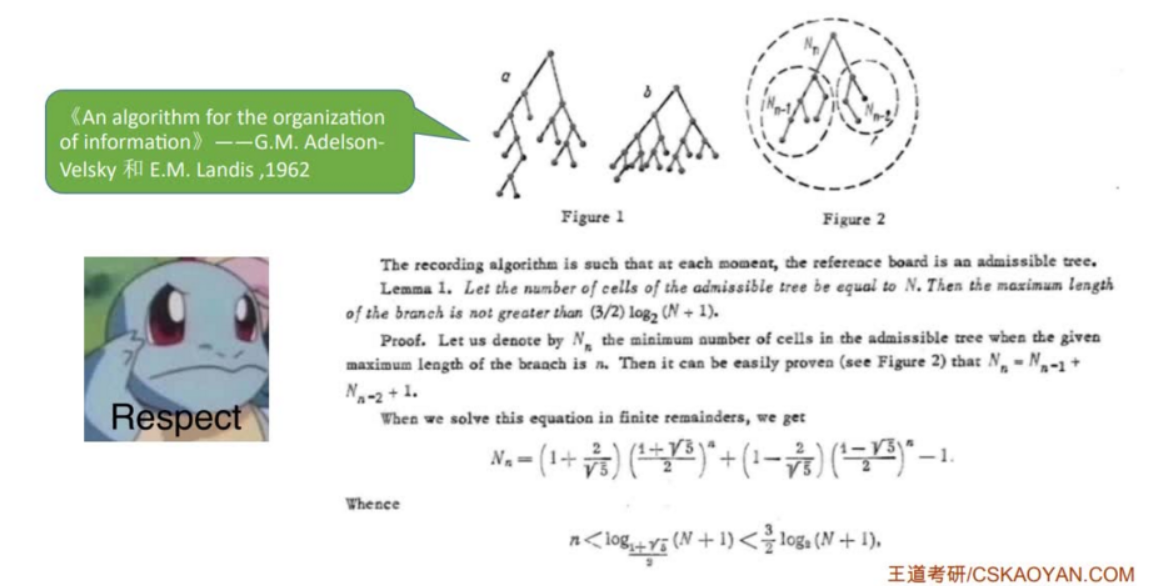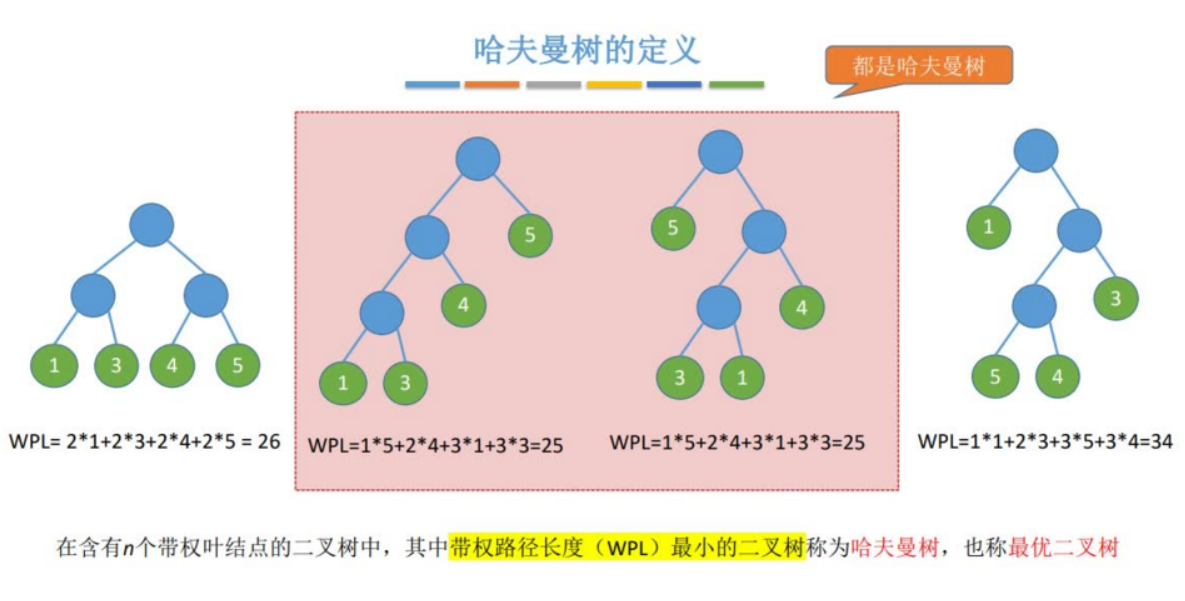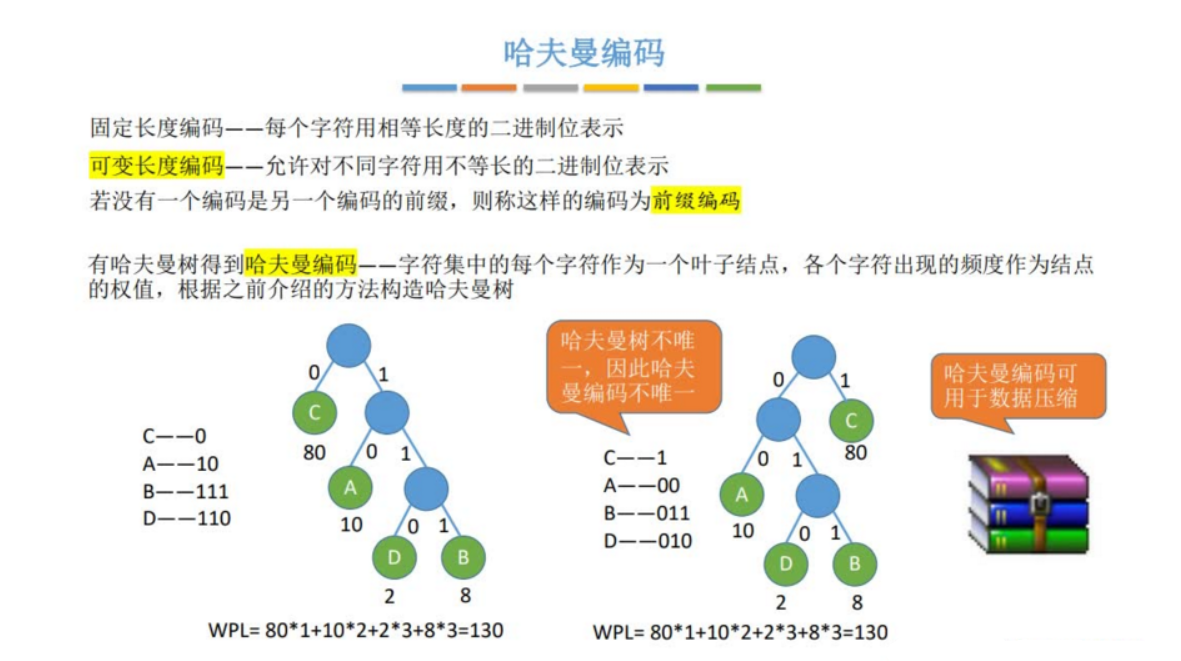1
2
3
4
5
6
7
8
9
10
11
12
13
14
15
16
17
18
19
20
21
22
23
24
25
26
27
28
29
30
31
32
33
34
35
36
37
38
39
40
41
42
43
44
45
46
47
48
49
50
51
52
53
54
55
56
57
58
59
60
61
62
63
64
65
66
67
68
69
70
71
72
73
74
75
76
77
78
79
80
81
82
83
84
85
86
87
88
89
| #include<stdio.h>
#include <malloc.h>
typedef struct BSTNode {
int key;
struct BSTNode* left_child, * right_child;
}BSTNode, * BSTree;
BSTNode* BST_Search(BSTree T, int key) {
while (T != NULL && key != T->key)
{
if (key < T->key)
{
T = T->left_child;
}
else
{
T = T->right_child;
}
}
return T;
}
BSTNode* BSTSearch(BSTree T, int key) {
if (T == NULL)
{
return NULL;
}
if (key == T->key)
{
return T;
}
else if (key < T->key)
{
BSTSearch(T->left_child, key);
}
else
{
BSTSearch(T->right_child, key);
}
}
void BST_Insert(BSTree &T, int value) {
if (T == NULL)
{
T = (BSTree)malloc(sizeof(BSTNode));
T->key = value;
T->left_child = T->right_child = NULL;
printf("插入数据%d成功\n", value);
}
else if (value == T->key)
{
printf("存在相同的数据,插入失败!");
}
else if (value < T->key)
{
BST_Insert(T->left_child, value);
}
else
{
BST_Insert(T->right_child, value);
}
}
void Create_BST(BSTree &T, int value[], int num) {
T = NULL;
int i = 0;
while (i < num)
{
BST_Insert(T, value[i]);
i += 1;
}
}
int main() {
BSTree T;
int data[] = { 50,66,60,26,21,30,70,68 };
Create_BST(T, data, (sizeof(data)/sizeof(data[0])));
BSTNode* result = BST_Search(T, 68);
printf("查找结果为:%d", result->key);
BSTNode* res = BSTSearch(T, 60);
printf("\n递归查找结果为:%d", res->key);
return 0;
}
|
